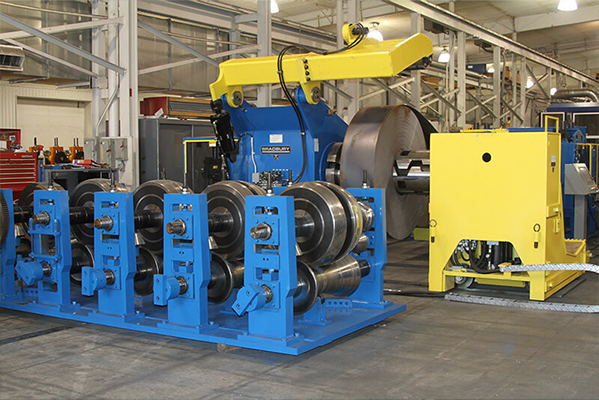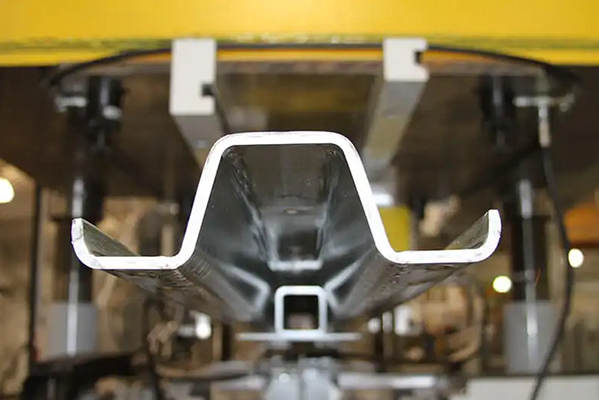Navigation Menu
Contact Us
- Email:
- info@wxavatar.com
- Address:
- Yurong Village, Yuqi Street, Huishan District, Wuxi, China.
Release Date:Aug 13, 2025 Visit:34 Source:Roll Forming Machine Factory
Selecting the right heavy gauge rollforming equipment is a key decision for manufacturers working with thicker and stronger metals. The right choice ensures consistent production quality, reduced downtime, and long-term operational value. Understanding the essential features and considerations can help make an informed investment.

1. Structural Strength and Stability
Heavy gauge forming requires machinery with reinforced frames and precision alignment to handle the higher forces involved. A stable structure prevents profile distortion and ensures accuracy across extended runs.
2. Power and Drive Capacity
Thicker materials demand robust motors, gearboxes, and transmission systems. Adequate torque and speed control are essential for maintaining smooth operation without excessive strain on components.
3. Quality of Tooling
Tooling made from wear-resistant materials helps maintain profile accuracy while reducing the frequency of replacements. Precision tooling also supports consistent performance across different production batches.
4. Automation and Integration Options
Features such as automated feeding, punching, and cutting can streamline the forming process. Compatibility with existing production systems can further enhance efficiency and reduce manual handling.
5. Ease of Maintenance
Equipment designed for straightforward servicing—such as accessible components and standardized parts—can reduce downtime and extend service life.
6. Scalability for Future Production Needs
Choosing equipment that can be upgraded with additional stations or integrated automation allows for flexibility as production requirements grow.

Conclusion
When selecting heavy gauge rollforming equipment, it’s important to balance structural durability, power capacity, precision tooling, and integration potential. By considering both current and future production needs, manufacturers can choose a system that delivers consistent results and supports long-term productivity.